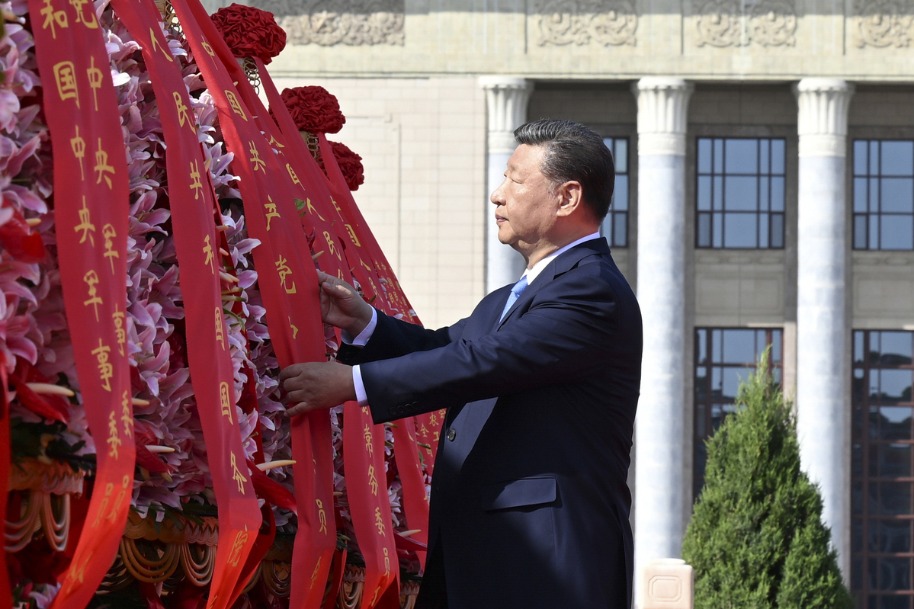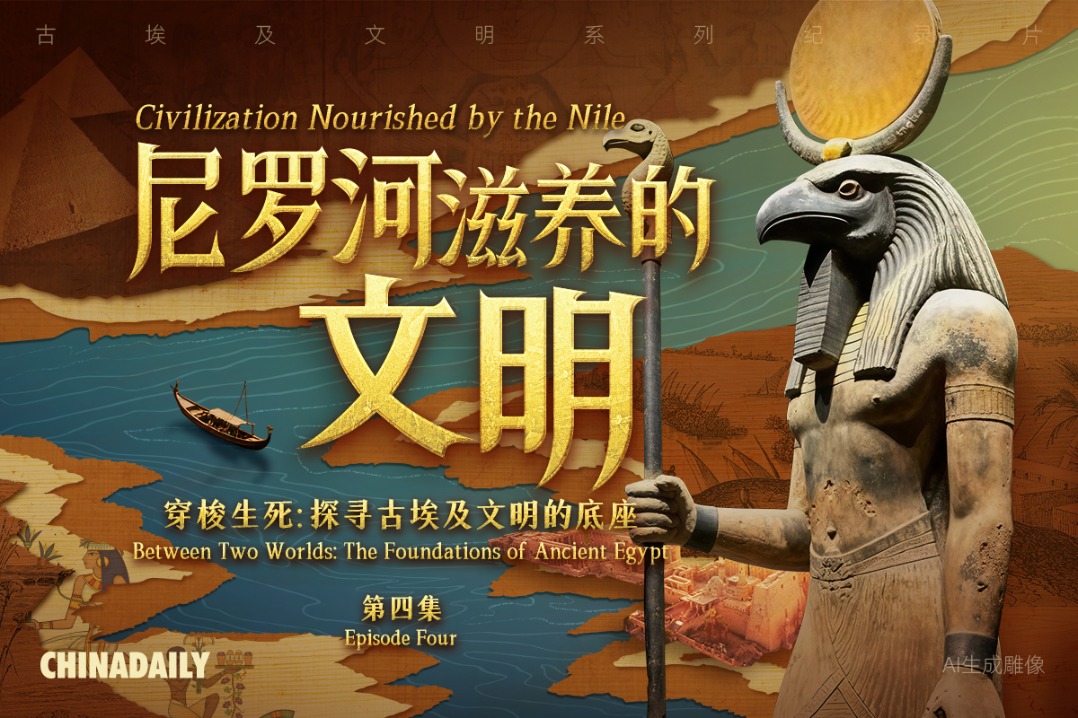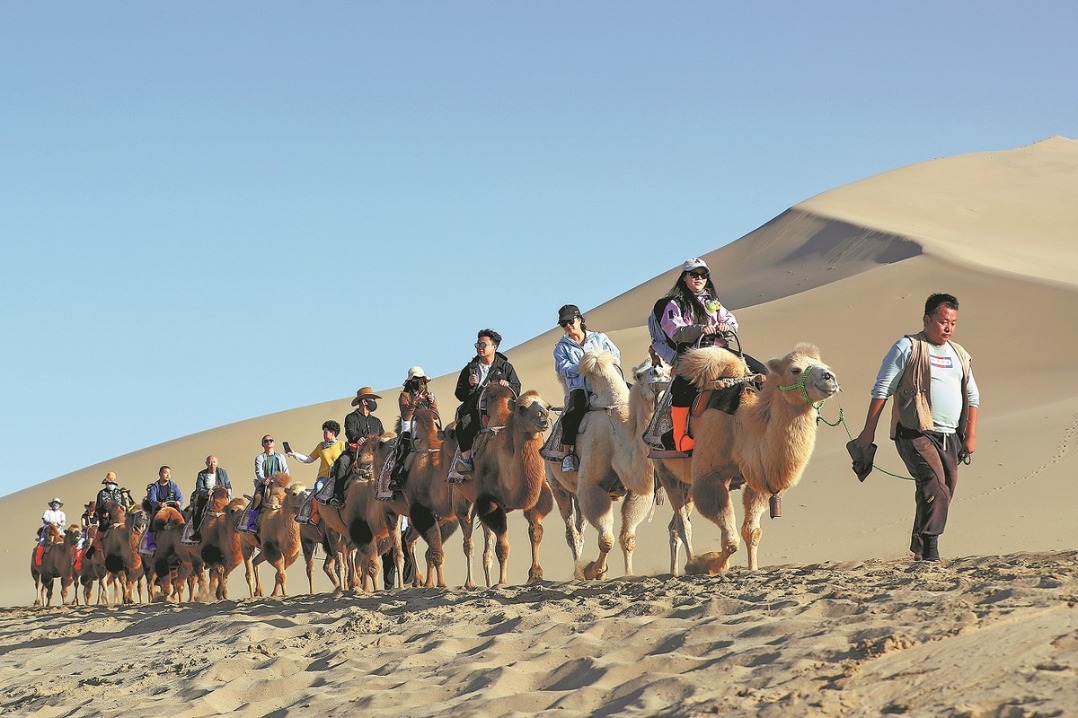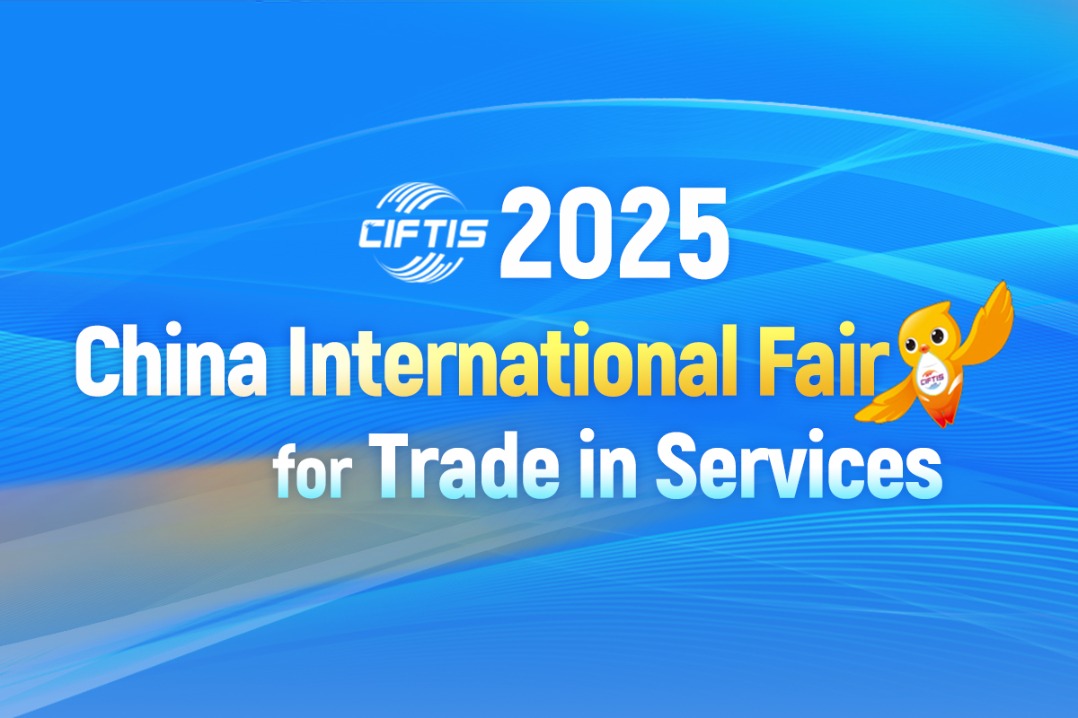Dragon and Eagle on the dance floor

Dynamics of regional power Kenya to determine moves of players in Nairobi version of Saturday Night Fever
In 1977, a young John Travolta was cast as the lead in the dance drama Saturday Night Fever. The strapping young Travolta plays Tony Manero, a man whose weekends are spent visiting a Brooklyn discotheque.
The stagnant monotony of his life is temporarily dispelled every Saturday night when Tony becomes "King of the Dance Floor". Using this dance floor analogy in analyzing the dynamics of US and Chinese interests in Kenya, it is important to decipher precisely why American Tony and Chinese Tony catch "Kenyan Fever" while staying alive on the Kenyan dance floor.

Why is Kenya an important stage for their competitive disco dance? Also consider the dance moves of the Dragon and the Eagle in the Kenyan Saturday Night Fever event.
Analysis by Scott Frost of Monash University's Johannesburg campus points to the fact that last year, for the first time, total US exports to Africa were greater than the value of its total imports from the continent. On the other hand, the slowdown in US oil imports has meant that China's trade (or dance) with the continent has flown past the US.
China-Africa trade is approximately at $222 billion as of the close of last year. This is three times greater than US-African trade. Precisely, then, why is the fever so high over Kenya's attractiveness?
To answer that question, one has to necessarily look at the pegging of Kenya as an emerging power, or African driver. In a policy paper early this year from the Institute for Security Studies, there is an important scanning of the changing "power" and "driver" capabilities of emerging economies in Africa.
In its schema on the manifestation of power, the think tank asserts the two concepts have largely permeated every dimension of international relations, with an overemphasis on strong states and how they influence the domestic and foreign policy of weaker states and shape regional and even global agendas.
However, if we were to change the optics, Africa's distribution and manifestation of power or driver-determinants, domestically, regionally and systemically, are gaining importance. The more recent Africa Rising narrative has changed this power lens. More recently, apart from South Africa, Angola, Nigeria, Ethiopia and Egypt, Kenya is also attracting the attention of scholars, international relations practitioners and strong powers in terms of its potential as an emerging power in the continent.
Kenya's African driver and emerging power status in the continent and in the region can be understood from a political, economic and geopolitical level of analysis. By all means and standards, Kenya's political history has provided an enabling environment for both hard and soft investments in the country to be realized at different progressive levels within the different phases of the global political system. In particular is the capitalist-liberalist political and economic outlook, which has meant that foreign direct investments by both Western and Eastern global powers have seen their preferred theater or dance floor within this polity.
As such, Kenya has been rated as the regional hub for trade and finance in East Africa. Analysis by the South African Institute of International Affairs of Kenya's economic diplomacy outlook provides a good picture on this assertion. The think tank also argues that, compared with its neighbors, Kenya also enjoyed a good deal of political stability prior to the violence that followed the 2007 elections. Apart from this precipice, this reality has been a soft-power magnet for both regional and international actors in terms of a favorable environment for investment.
Realizing the ramifications of protracted regional conflicts, and existing epicenters of those conflicts, namely Somalia, Sudan and South Sudan, Kenya has also effectively employed different arts of power to reverse economic deceleration. To complement its economic-diplomatic power and enabling regional environment, peace and diplomacy have been employed as a major mode of statecraft and regional engagement.
This has been seen in Kenya's facilitation of the Comprehensive Peace Agreement for Sudan (and South Sudan) in 2005; the 2002-05 facilitation of the Somali Peace Process in Mbagathi and Eldoret, Kenya; the 1986 Nairobi Peace Agreement for Uganda's political-security impasse; and continued hard and soft-power diplomacy engagement on the continuing Somali conflict. This has provided additional impetus to Kenya's capabilities as a regional driver, espousing all manifestations of power. In its African driver seat, Kenya has in short realized that economic development within the country and region is only possible within an environment that is sustainably peaceful and secure.
Going back to the economic status of Kenya's African driver fever are its enabling fiscal and investment policies at the macroeconomic and microeconomic levels. Its policies toward this end have provided the necessary dance fever for actors such as China and the US to be interested in its dance floor. Since independence, Kenya has achieved regional leadership thanks to resilient policies and an emphasis on economic considerations when tackling national challenges, including the current radicalization and domestic-international terrorism security dilemmas that Kenya faces.
This pragmatic mindset on regional economic dynamics in East Africa has helped to create a mixed economy that has enabled Kenya to evolve a managed-capitalism system that has improved agricultural productivity, developed the manufacturing sector to serve the region, and led to increased growth in the service sector and the knowledge economy as widely defined, according to Leonard Wanyama in his piece featured by the South African Institute of International Affairs.
Tangible determinants of Kenya's emerging power status are also based, as mentioned, on geography and geostrategic concerns. Kenya is at the center in terms of its commercial and geostrategic prospects relative to the Indian Ocean Rim, for example. Mipe Okunseinde, a senior associate at Covington & Burling LLP, in her policy brief expose in a Covington Africa Practice paper last year, argues that some 100,000 ships transit the Indian Ocean annually, with 40 percent of this trade going through the Strait of Malacca, one of the ocean's strategic chokepoints. Coastal African states such as Kenya are experiencing an unprecedented surge in seaborne trade.
These are the grand strategic capabilities that the Kenyan fever has provided to these two rivals or future partners - China and the United States - on the Kenyan dance floor. With the Eagle's leader visiting Kenya this month, these domestic and, by extension, foreign policy determinants will dictate the shift, reengagement policies and optics that decision makers in Washington will have to work with while engaging with this African driver.
The Dragon is most certainly sharpening its policy shifts and claws as it also takes its dance position on Kenya's Saturday Night Fever stage. In short, Kenya's domestic, regional and international power dynamics will dictate the nature of respective relations of China and the US toward Kenya.
The author is a senior lecturer at the International Relations and Security Studies Department of Peace and International Studies, Daystar University, Kenya. The views do not necessarily reflect those of China Daily.
(China Daily Africa Weekly 07/10/2015 page10)
Today's Top News
- China releases position paper on UN General Assembly Resolution 2758
- Xi calls for forging ahead with determination in advancing Chinese modernization
- Xi's article on community for Chinese nation to be published
- Xi pays tribute to national heroes on Martyrs' Day
- China taking measures to end cervical cancer among women and girls
- Culture tourism fuels global exchange






























